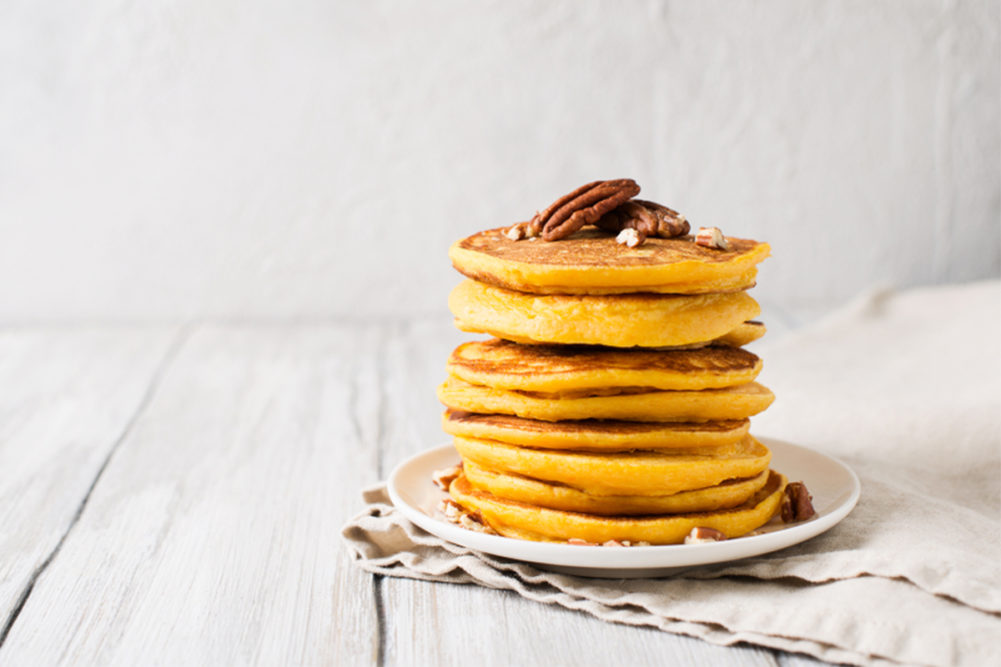In addition to stevia, there’s a growing toolbox of natural sweeteners now available to bakers. Some are non-caloric replacements for sugar. Others are viewed as more label-friendly and sustainable crops. Pure, single-origin, organic coconut nectar is one such example.
“Coconut nectar is a millennium-old ‘new’ ingredient,” said Paul Whitman, fruit and vegetable specialties category manager, Global Organics Ltd. “Our supplier in Java, Indonesia, uses a traditional harvesting method: wrapping the coconut blossoms in palm leaves to prevent full blossoming. Twice daily, climbers carefully scale to the very top of the tree, expertly cut razor thin slices from the coconut flowers, to start the sap flowing and collect 2 to 5 liters per day. The sap is evaporated and concentrated to a syrup. If the sap was fully evaporated, you would have produced coconut sugar.”
Minimal processing retains phytonutrients and essential minerals, such as small amounts of iron, zinc, calcium and potassium, along with amino acids and broad-spectrum B vitamins. Coconut nectar has a low-glycemic index and is naturally gluten free and suitable for a paleo diet.
“Organic coconut nectar can be used as a one-to-one replacement for liquid sweeteners,” said Mr. Whitman. “It sweetens, binds, adds texture, browns and extends shelf life. It has a caramelized, syrupy, brown sugar flavor, with distinct floral notes and tastes similar to molasses but without the bitter aftertaste.
“The floral note is really unique in sweeteners,” he continued. “We think it would enhance the fig flavor in fig bars and accent the apricot, raspberries, golden raisins and other ‘bright’ fruits in energy bars and granola. If you’re using a dark chocolate drizzle on bars or cakes, the floral note would highlight the fruity flavor of dark chocolate.”
Although honey has been around for thousands of years, it is being used more as demands from consumers put all-natural sweeteners in the spotlight. The increased popularity of honey has spurred innovation in the industry, including the use of more mono-floral honey varietals and dried honey. Dried honey is made by dehydrating liquid honey, and in some cases adding processing aids to prevent caking and make it more flowable.
“Monofloral honeys give bakers the ability to craft unique and specific flavor profiles based solely on the type of honey used,” said Catherine Barry, director of marketing, National Honey Board. “We find this works exceptionally well in products such as granolas, where a manufacturer can use buckwheat honey in a base granola formula to impart a robust, earthy flavor and dark color. With the same base formula, they can use an orange blossom honey for a lighter-in-appearance-and-flavor product with a hint of citrus.”
[Related reading: Stevia takes the lead in sweeteners]
Honey may seem simple on the surface, but it is a complex substance with more than 180 components, including antioxidants, minerals, prebiotics and vitamins, as well as a host of carbohydrates and acids that give honey its complex flavor profile.
Monk fruit juice concentrate is gaining traction in baked goods. Adallen Nutrition is rolling out an organic option.
“The liquid is about 15 to 18 times sweeter than sugar and is a pale yellow liquid that is ideal for baked goods for its sweetness level as well as enhancing binding capabilities in bars and cookies,” said Malcolm Greenberg, vice president of sales. “We also offer a monk fruit/erythritol blend that is as close as one can find as a true 1:1 sugar replacement that is zero net carbs, has no calories and functions almost identically to sugar.”
Isomaltulose and isomalt are unique functional carbohydrates that can be used in a variety of baked good products for sugar replacement or reduction. Derived from sucrose, these ingredients deliver a very mild natural taste in addition to being non-cariogenic.
“Our isomaltulose is non-GMO and a fully, yet slowly digestible and low-glycemic carbohydrate,” said Kyle Krause, product manager, functional fiber and carbohydrates, BENEO. “It is slowly released in the body, providing energy in a balanced and sustained way with less blood glucose fluctuation and steadier insulin release, resulting in improved metabolism.
“Isomalt is the only sugar replacer derived from pure beet sugar and has a natural taste and rounded sweetness profile as well as being non-cariogenic,” Mr. Krause said. “As isomalt has only half the calories of sugar, it is increasingly being used in baked goods as a solution to reduce or replace sugars. It is particularly suitable for cookies because of its low hygroscopicity, which helps keep them crispy, particularly in more humid climates.”
With the growing number of sweetener options and bulking agents available, bakers can find creative solutions to reducing sugars without compromising on taste and quality.
This article is an excerpt from the July 2021 issue of Baking & Snack. To read the entire feature on Sweeteners, click here.





